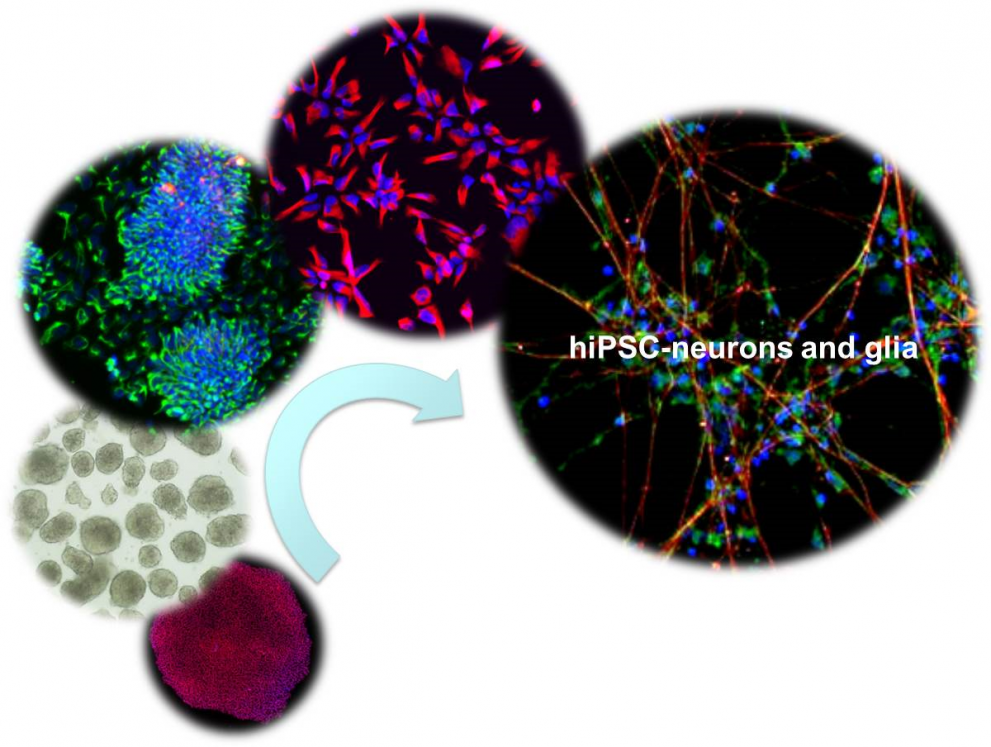
JRC scientists have published a written protocol, accompanied by a video demonstration for the differentiation of human pluripotent stem cells into neurons and glia.
This new tool should increase reproducibility in laboratory procedures through visual learning.
The Journal of Visualized Experiments (JoVE) has responded to a universally experienced problem within the world of biomedical science to reproduce the results of other labs (today only 10-30% of published scientific articles can be successfully reproduced).
JoVE proposed filming experiments and publishing them in video format to make complex techniques involved in research plainly visible for anyone to see and replicate.
The JRC scientists used this approach to demonstrate the Protocol for the Differentiation of Human Induced Pluripotent Stem Cells into Mixed Cultures of Neurons and Glia for Neurotoxicity Testing.
After watching this video and by following the procedure detailed in the manuscript, the readers should have a good understanding of how to obtain differentiated neuronal and glial mixed cultures starting from human induced pluripotent stem cells.
Filming this protocol will help others to reproduce our work, facilitating inter laboratory reproducibility and speeding up the process of applying human models for in vitro developmental neurotoxicity testing.
The video allows researchers to disseminate details of experimental protocols to a large audience more effectively and efficiently and this represents an important goal for the JRC scientists.
They have been working on implementing several tools for disseminating and sharing information, including good cell culture practices principles.
The JRC's DataBase service on ALternative Methods (DB-ALM) informs about available alternative methods to animal testing whilst the EURL ECVAM Search Guide provides procedures for finding information, supporting the replacement, reduction and refinement (3Rs concept) of the use of animals.
Details
- Publication date
- 26 June 2017
